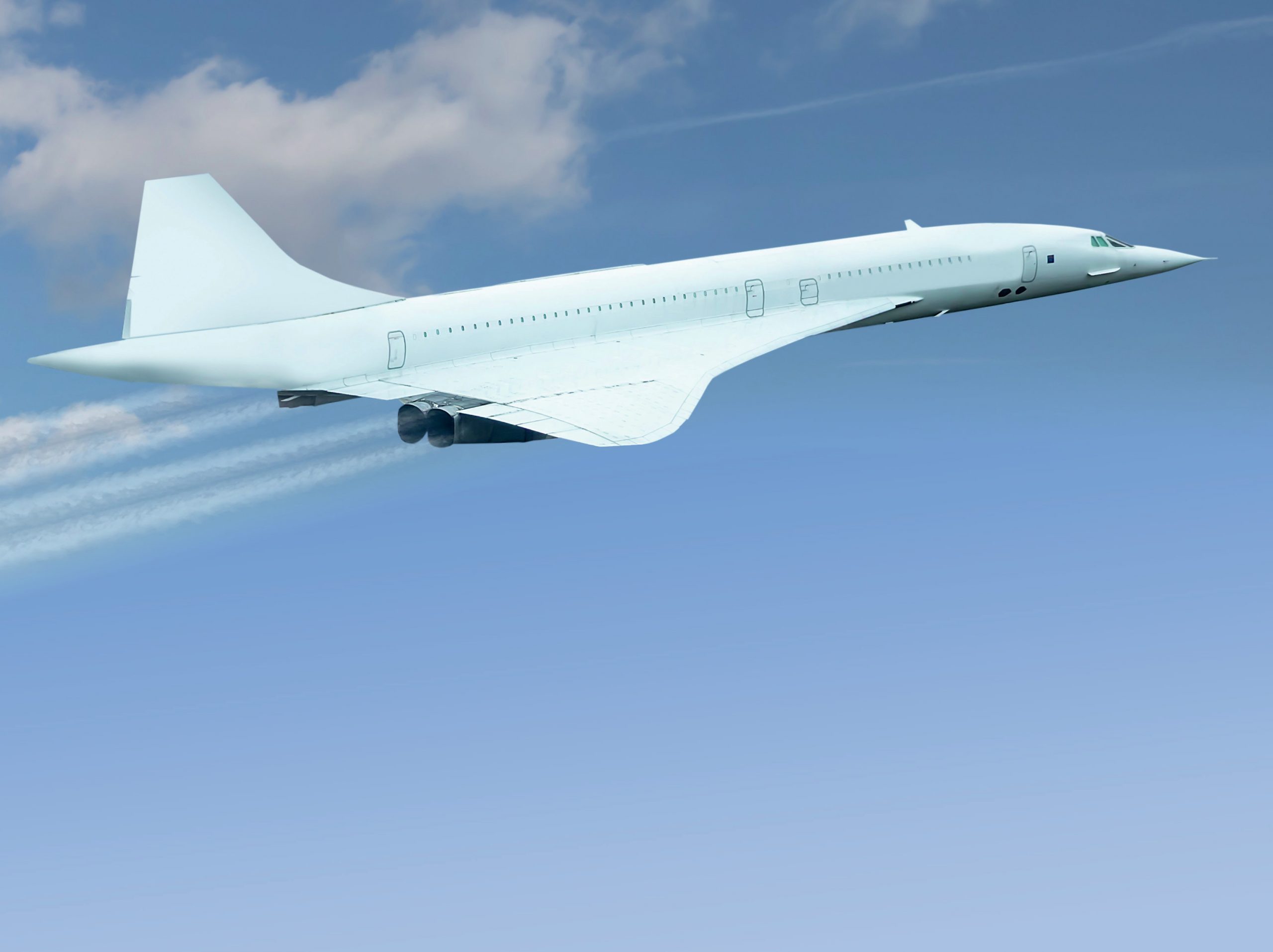
Concorde was both beauty and the beast: its white delta-winged fuselage was slim, shapely and streamlined, yet its cutting-edge technology quickly became obsolete and its top speed of Mach 2.04 (over twice the speed of sound) created an irresolvable problem of excess fuel consumption.
By the time Concorde entered service, the energy crisis of 1973–74 had seen the postwar era of cheap oil finally come to an end. Also, this was a time when environmentalists were at last convincing Western governments of the need to control excessive noise and air pollution. Banned from flying at supersonic speed over land — most notably in the USA — Concorde could never achieve optimum fuel efficiency. Each machine had a maximum seating of only 128. However expensive the tickets, passenger revenue rarely covered the crippling fuel costs, excessive maintenance costs, and residual purchase costs.
Your organisation does not have access to this article.
Sign up today to give your students the edge they need to achieve their best grades with subject expertise
Subscribe




